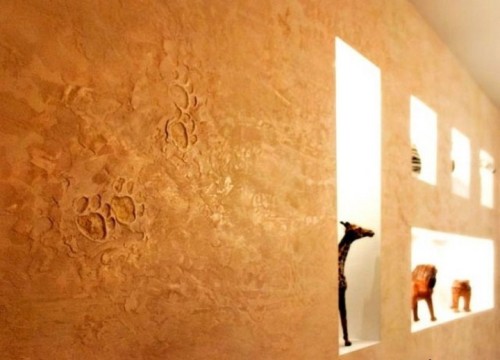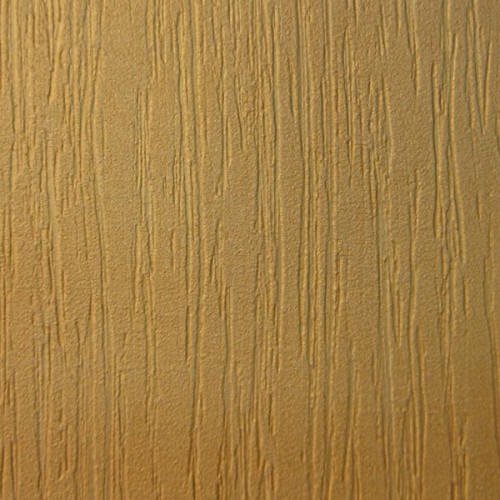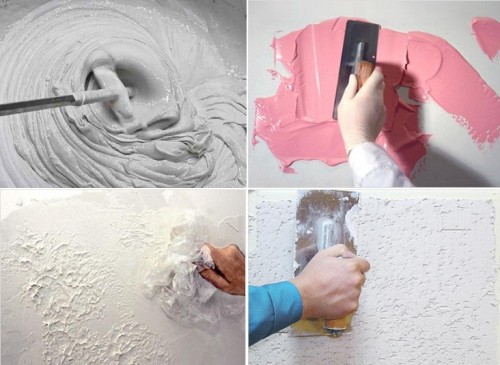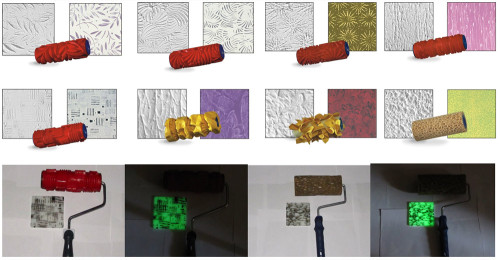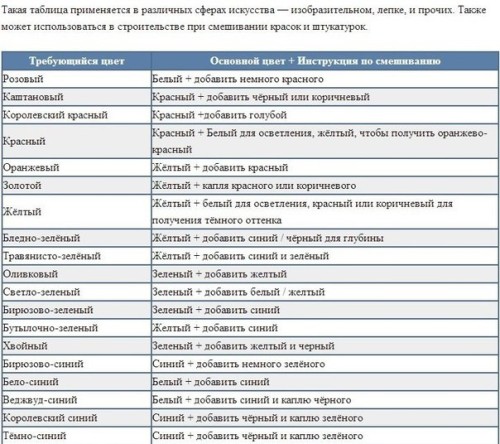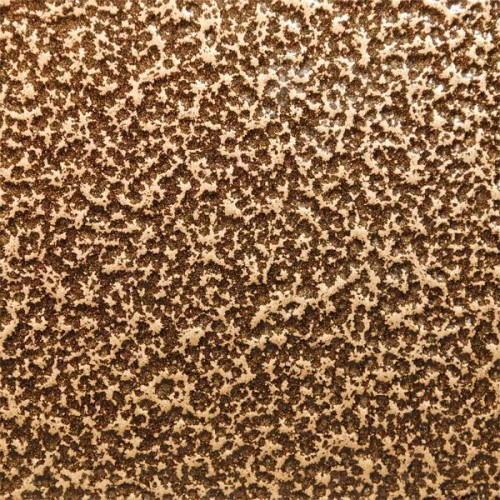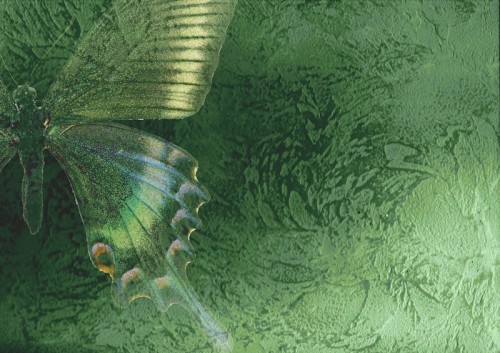
Textural paint for walls: characteristics, properties, choice paints and varnishes
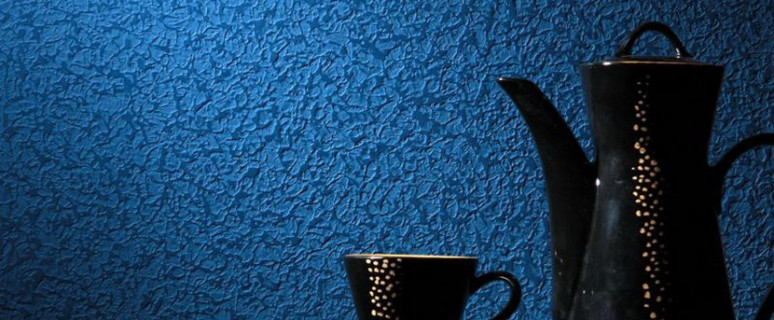
The textured paint for walls is able to give the interior originality and uniqueness, and occupies an honorable place among other modern coatings, such as textured plaster, liquid wallpaper or venetian.
Content
What does it represent and what are its advantages?
Texture paint is a relatively new material and has not yet received such widespread as classic types of paints and varnishes. The paint is a thick mixture of white, into which the necessary dyes are added.
The main advantages of this finishing material:
- Water-dispersion texture paint on an acrylic basis with the addition of marble crumb is intended for applying both new and earlier painted or plastered surfaces from concrete, drywall and wood.
- Suitable for internal and outdoor work, and like embossed plaster, can hide the light irregularities of the wall, and, as a result, to save on the preliminary preparation of the surface.
- With it, you can implement a large number of different patterns or mimic wood texture, stone, wet plaster, and other reliefs.
- Such paint is environmentally friendly, hypoallergenne, does not contain solvents.
- Excellent moisture resistance, vapor permeability, resistance to mechanical damage and exposure to ultraviolet rays makes it difficult to work quickly and efficiently.
- After drying it, you can open the paint of another color or varnish.
- A feature of the texture decor is that it does not require special preparation for its application, since the material successfully hides all the irregularities and masks cracks.
- According to practicality, this paint surpasses the wallpaper or wall panels by the fact that it is not afraid of mold and perfectly succumbed, as well as a resistant to the effects of chemicals.
- Within one and a half hours of the surface, it is possible to give the desired relief or correct and create it again.
- Manufacturers on average give a warranty of coating up to 10 years.
Interactive paints for walls as in the photo completely dried after 6-8 hours after applying. The best temperature for drying is 18-22 ° C and humidity not higher than 70%. The final properties of the material acquires within a week.
One of the advantages of such painting is that it does not require any special skills or expensive tools. You will sufficiently armed with a pair of rollers (depending on the desired texture) and the spatula.
Paint is sold ready to use or in the form of a mixing powder. In the latter case, it is bred by water according to the instructions and are thoroughly mixed with a mixing nozzle or manually. After that, the mixture can be painted as desired, every time there is a well stirring it.
What kind of paint choose?
The paintwork material includes fillers with particles of 50 microns in size, so the surface will always get rough. The higher the particle size, the greater the layer thickness should be. Paint textured for walls - the pleasure is not like, its price is primarily due to the flow rate. Depending on the main composition and various additives, the decorative material happens:
- facade;
- for internal works;
- coarse;
- fine-grained.
The consumption of the material also depends in many respects from the method of applying and used tools. Often painting the walls of texture paint occurs through a conventional or gear spatula, structural roller, sponge, pneumatic sprayer. As a rule, paint consumption ranges from 500 to 1500 g / m² at a layer of about 10 mm, while conventional facade materials are applied to a half-limeter thick. Despite such a thick layer, the texture coating does not affect the natural regulation of humidity indoors.
Main varieties of textured paint
- Mineral. Dry mixture based on lime and cement, which is diluted with water. Most often used for facade works.
- Silicone. It presents silicone resins, it is distinguished by a special strength (10 times more reliable than the rest) and versatility. It is applied by almost all surfaces: plaster, patch, spacket, concrete, plasterboard, fiberboard, chipboard, wood, brick, wallpaper, foam concrete, metal with anti-corrosion coating, alkyd coatings. Not suitable for furniture and doors.
- Acrylic. It comes on sale, ready-to-use and is suitable for any surface. The environmental impact does not change its appearance and working qualities, elastic and hydrophobic - is not afraid of the long exposure of moisture. The finished coating is absolutely non-combustible and non-toxic.
- Silicate. The most expensive of all varieties is used only on mineral surfaces in combination with silicate primer.
- Marseille wax. A variety of textured paint, with which you can imitate the surface of the cortex, stone, cork tree. This moisture-proof material, easy to care, requiring only wax coverage upon completion of work. Natural bees of patination can be colored, and imposed in several layers, creates a color depth and unique imitation of expensive material. Being waterproof, this type of coating can be applied in rooms with high humidity. It looks great and widely used in the decoration of cafes, public premises, offices and residential interiors.
- Misuri. The basis is the modified starch, thanks to which the textured surface acquires smoothness.
- Relief. Polymer acrylic paint with the addition of chopped quartz or other minerals. The main feature is the ease of application and compliance of the masses to the creation of various effects.
There are a great many techniques for applying textured paint for walls, as well as video lessons how to achieve one or another pattern.




